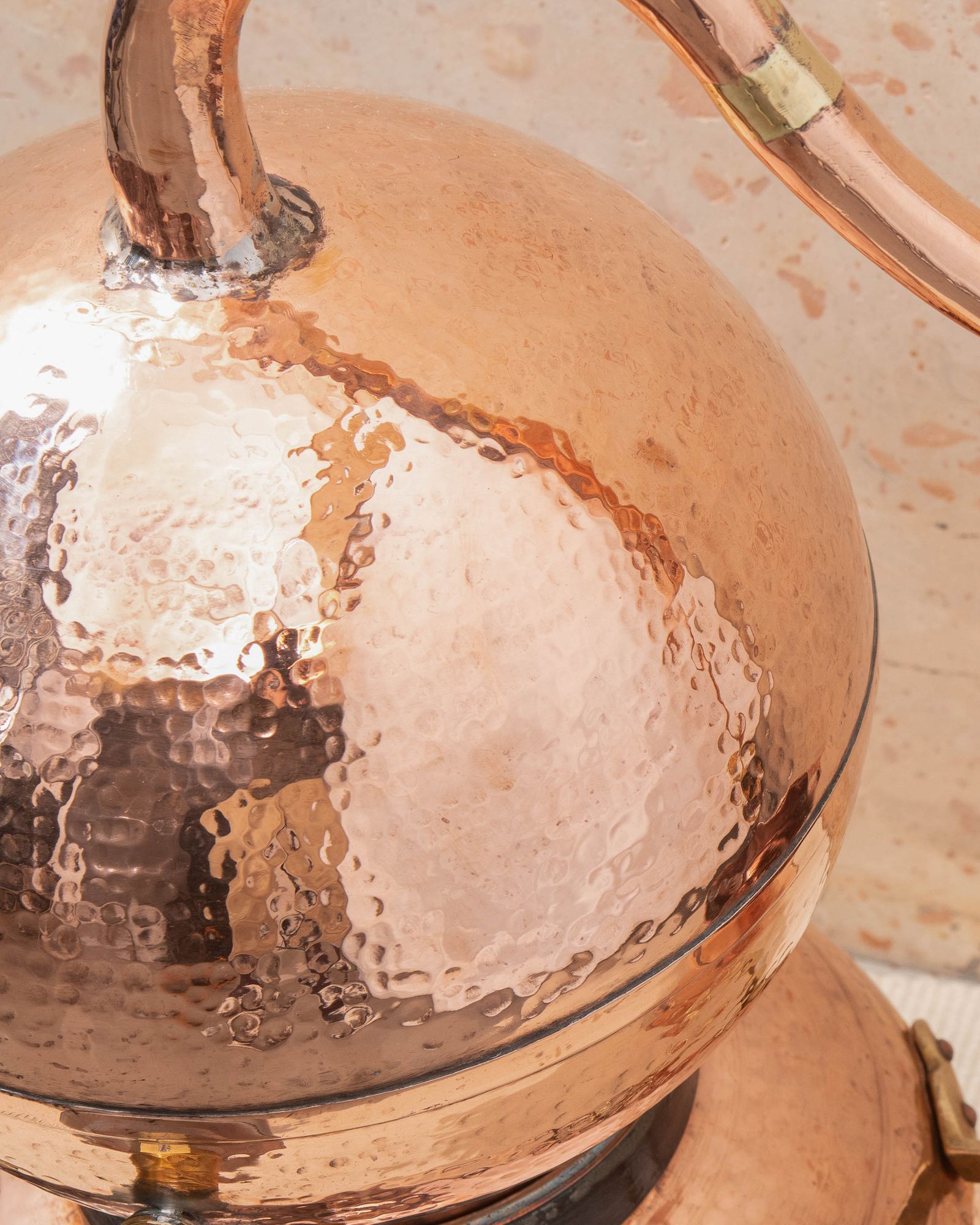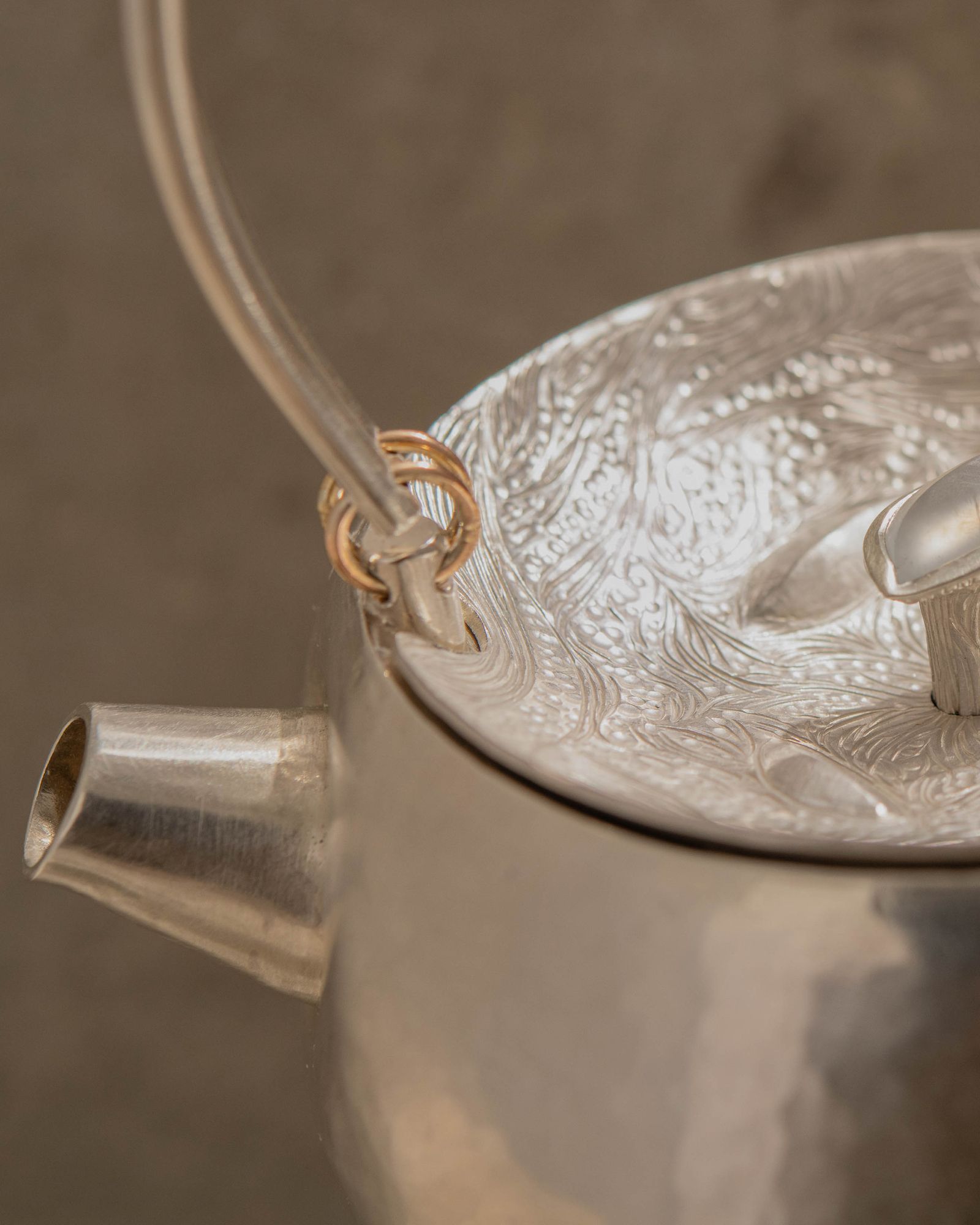The non-profit creative venue’s new exhibition teams up Hong Kong and Japanese traditional craftsmen with contemporary artists
Crafts on Peel, one of the few galleries dedicated to traditional Asian craft in Hong Kong, reopens after a three-month-long, closed-door preparation for the third thematic exhibition––Creations Enlivened: Metal. Curated by founder Yama Chan, creative director Penelope Luk and operations manager Rachel Man, the exhibition brings together six collaborative metal crafts collections created by traditional craftsmen and contemporary artisans in Hong Kong, and three solo metalwork collections by old and new generations of Japanese craftsmen. It also displays the handmade tools used by the artisans throughout their active years.
Metalworking dates back to the third millennium BC in China when bronze vessels were made for rituals and later on battles. “Metal has always been in our lives: metal gates, pencil boxes, ice buckets and mahjong boxes,” Luk says. “But because we’re so busy looking after our lives, many times we neglect them. We’d like to reintroduce all these wonderful works to our daily lives and to have a heartfelt conversation with traditional craftsmen.”
Some of these metalwork skills, such as melting, hammering, carving and inlaying, have been passed on to today. In tracing the traditional crafts of Hong Kong and Japan, Luk and her team visited local craftsmen and went all the way to Japan right before the pandemic started. The preparation for the exhibition lasted for two years, but what they forged were metal art which carries the historical trade of the older generation and new visions of the younger artists.
Here are a few highlights that may change the way you perceive metal:
Alembic copper still

It all started when Dimple Yuen and Ivan Chang from Two Moons Distillery were looking for someone who could help them fit a thermometer into a Portuguese copper still for gin making. Copper removes the impurities during the distillation process, making it an ideal material for gin making. Luk connected the duo with Ping Kee Copperware in Mong Kok which has been run by coppersmiths Luk Ping and his two sons Luk Shu-choi and Luk Keung-choi for eighty years. The Luks found the still very similar to the giant gourd-shaped vessels in Hong Kong herbal tea shops, which were very common a decade ago. “In the old days, they would fit a tap to the base of the vessel, so the sweet or bitter tea could be poured out easily, and Ping Kee had been making this in the last 60 years,” Luk says. “Now the craftsmen don’t have the strength to create such a big piece anymore.”
But the old masters were excited by Yuen and Chang’s request, and modified the petite Portuguese still. Luk adds, “Two Moon is famous for being the first open distillery in Hong Kong, but they don’t have the vessel in Hong Kong. The small still is not for [mass] production of the alcohol, but it’s apt for experimenting the formula without wasting ingredients.” The two brewers decide to follow the traditional spirits brewing process with an exploration of local herbal ingredients, which is made possible by this bespoke vessel.



